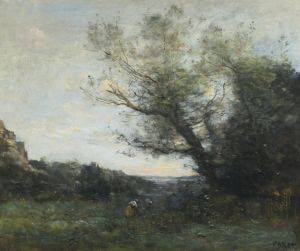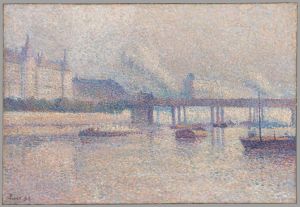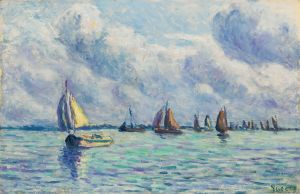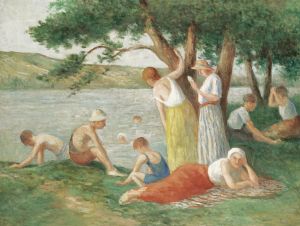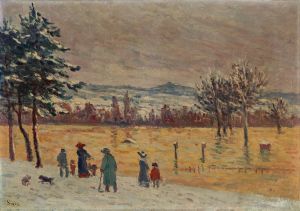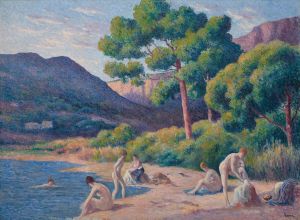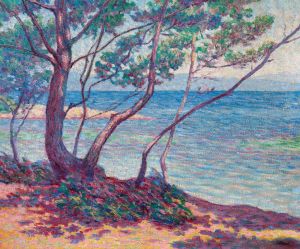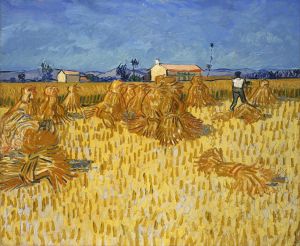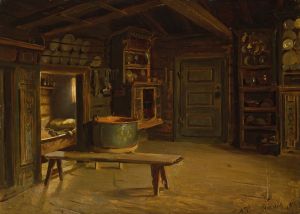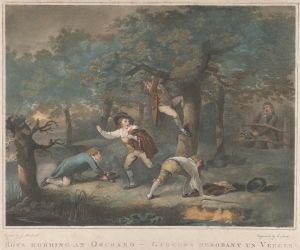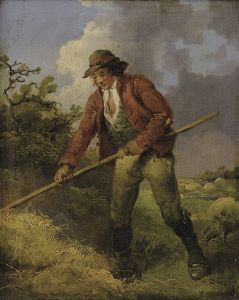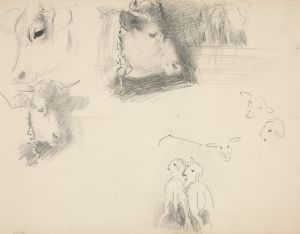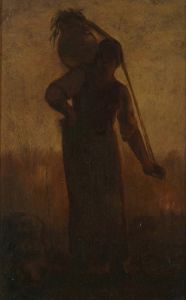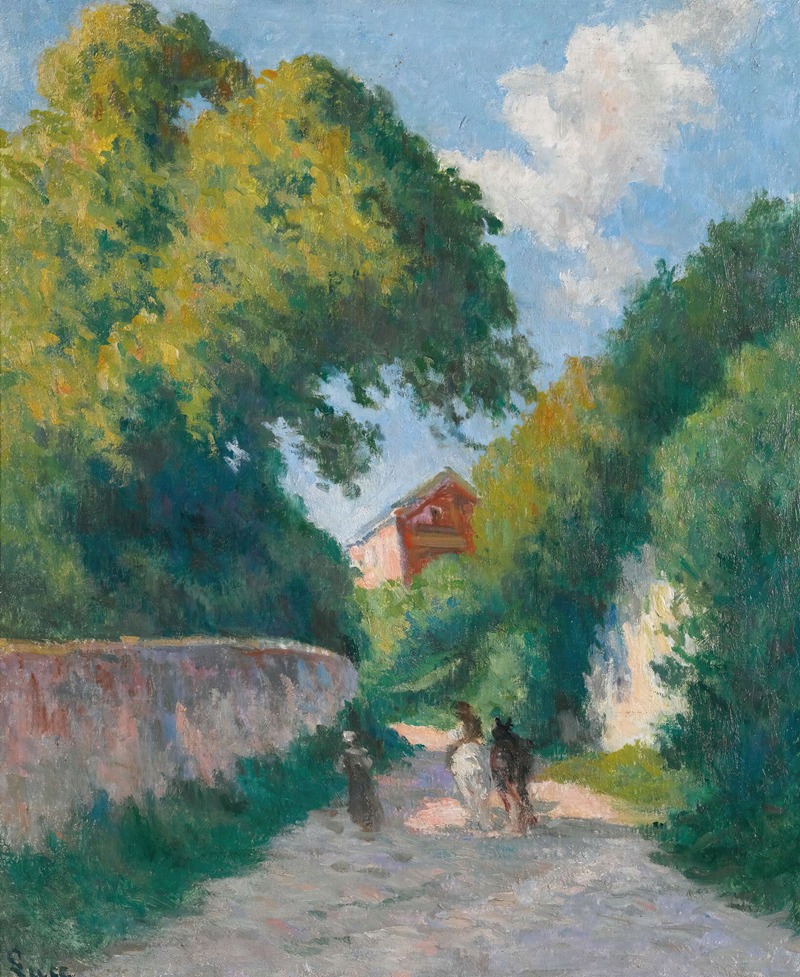
Environs De Rolleboise, Le Retour À La Ferme
A hand-painted replica of Maximilien Luce’s masterpiece Environs De Rolleboise, Le Retour À La Ferme, meticulously crafted by professional artists to capture the true essence of the original. Each piece is created with museum-quality canvas and rare mineral pigments, carefully painted by experienced artists with delicate brushstrokes and rich, layered colors to perfectly recreate the texture of the original artwork. Unlike machine-printed reproductions, this hand-painted version brings the painting to life, infused with the artist’s emotions and skill in every stroke. Whether for personal collection or home decoration, it instantly elevates the artistic atmosphere of any space.
Maximilien Luce's painting "Environs De Rolleboise, Le Retour À La Ferme" is a notable work by the French Neo-Impressionist artist, known for his contributions to the Pointillism movement. Luce, born in Paris in 1858, was a prominent figure in the late 19th and early 20th-century art scene, associated with artists like Georges Seurat and Paul Signac. His works often depicted scenes of everyday life, landscapes, and the effects of light, rendered with meticulous attention to detail and color.
"Environs De Rolleboise, Le Retour À La Ferme" translates to "The Surroundings of Rolleboise, The Return to the Farm." This painting captures a rural scene, likely inspired by the countryside around Rolleboise, a small village in the Île-de-France region. Luce had a deep appreciation for the rural landscapes of France, which is evident in his choice of subject matter. The painting depicts a serene and pastoral setting, characteristic of Luce's ability to convey tranquility and the beauty of nature.
Luce's technique in this painting reflects his Neo-Impressionist style, where he employed small, distinct dots of color applied in patterns to form an image. This method, known as Pointillism, was pioneered by Seurat and Signac and was based on contemporary theories of color and optics. Luce's use of this technique in "Environs De Rolleboise, Le Retour À La Ferme" allows for a vibrant interplay of colors, capturing the nuances of light and atmosphere in the rural landscape.
The painting likely features elements typical of Luce's rural scenes, such as farmers returning to their homes, animals, and the natural environment, though specific details about the composition are not widely documented. Luce's works often reflect a sense of harmony between humans and nature, emphasizing the simplicity and beauty of rural life.
Maximilien Luce was not only an artist but also an anarchist, and his political beliefs sometimes influenced his work. However, "Environs De Rolleboise, Le Retour À La Ferme" appears to focus more on the aesthetic and peaceful aspects of rural life rather than any overt political message. This focus on everyday scenes and the natural world is a hallmark of Luce's oeuvre, showcasing his ability to find beauty in the ordinary.
Throughout his career, Luce remained committed to the principles of Neo-Impressionism, even as other art movements emerged. His dedication to capturing the effects of light and color through Pointillism is evident in this painting, which stands as a testament to his skill and artistic vision.
"Environs De Rolleboise, Le Retour À La Ferme" is part of Luce's broader body of work that continues to be appreciated for its technical precision and emotive power. His paintings are held in various public and private collections, and he remains a respected figure in the history of French art. Luce's ability to blend technique with emotion allows his work to resonate with viewers, offering a glimpse into the serene and picturesque landscapes of rural France.





